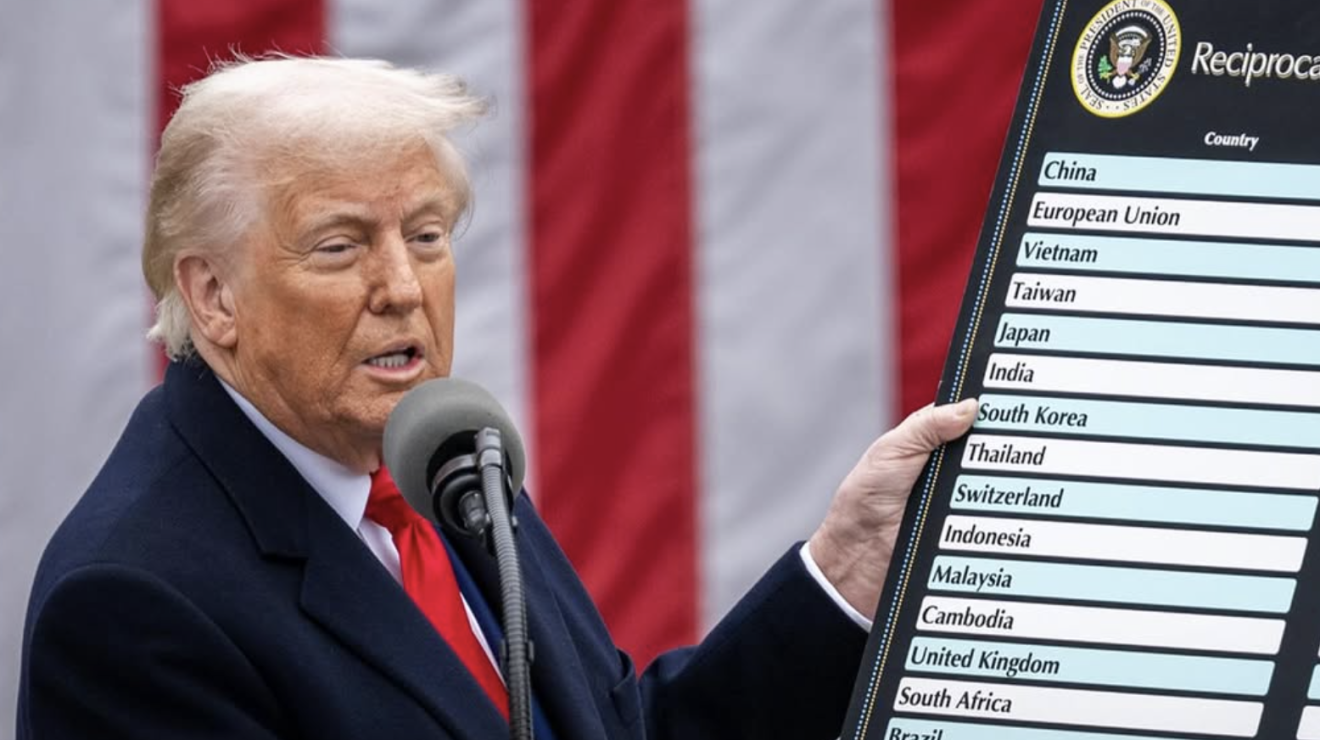
 3 April، 2025
3 April، 2025
 ابحاث السوق
ابحاث السوق
 Views
: 151
Views
: 151

Last Wednesday, April 2, US President Donald Trump announced, as scheduled, the final round of tariffs, imposing a minimum of 10% tariffs on all countries. These tariffs are scheduled to take effect on April 5, transforming the global trade system. Trump described this day as a historic event and a day of liberation for his country.
The tariffs imposed by Trump yesterday evening represent half of what these countries impose on the United States, according to the US president. The tariffs on China reached 34%, compared to 67% imposed by China on US imports, and reached 20% on the European Union, compared to 39% imposed by Europe on the United States. Some described this as a fair move for the United States.
In his statements following the announcement, Trump indicated that the United States had been plundered and robbed over the past decades, and that auto workers, farmers, and craftsmen had suffered greatly, and that these tariffs would restore the United States to its golden age.
In addition to the global tariffs, Trump imposed a 25% tariff on foreign-made cars, a 2.4% tariff on motorcycles, a 25% tariff on beer imports, and numerous subsequent tariffs.
The market reaction was violent, and markets are awaiting the opening of the US session today. Futures markets indicate that the Dow Jones Industrial Average will fall nearly 1,000 points before the open, while the S&P 500 will lose more than 2%.
Gold reached a new record high of $3,167 per ounce, rising 0.65% upon the announcement of the tariffs, while the US dollar fell more than 0.45%.
Oil prices fell more than 2% from their session high yesterday, affected by these tariffs, which affect economic growth and, consequently, demand levels.
Cryptocurrencies, in turn, lost 1% of their market value amid these tensions, with Bitcoin and Ethereum declining by more than 4%.